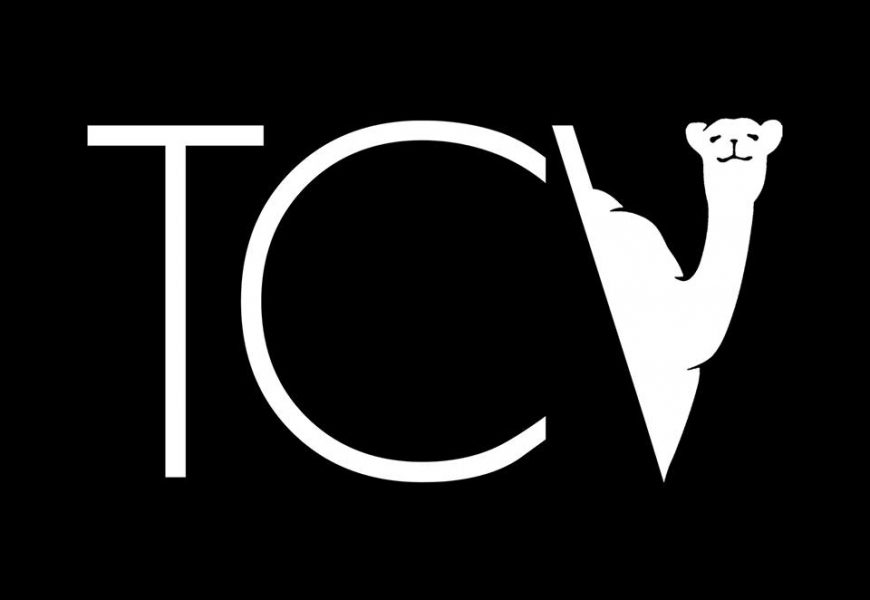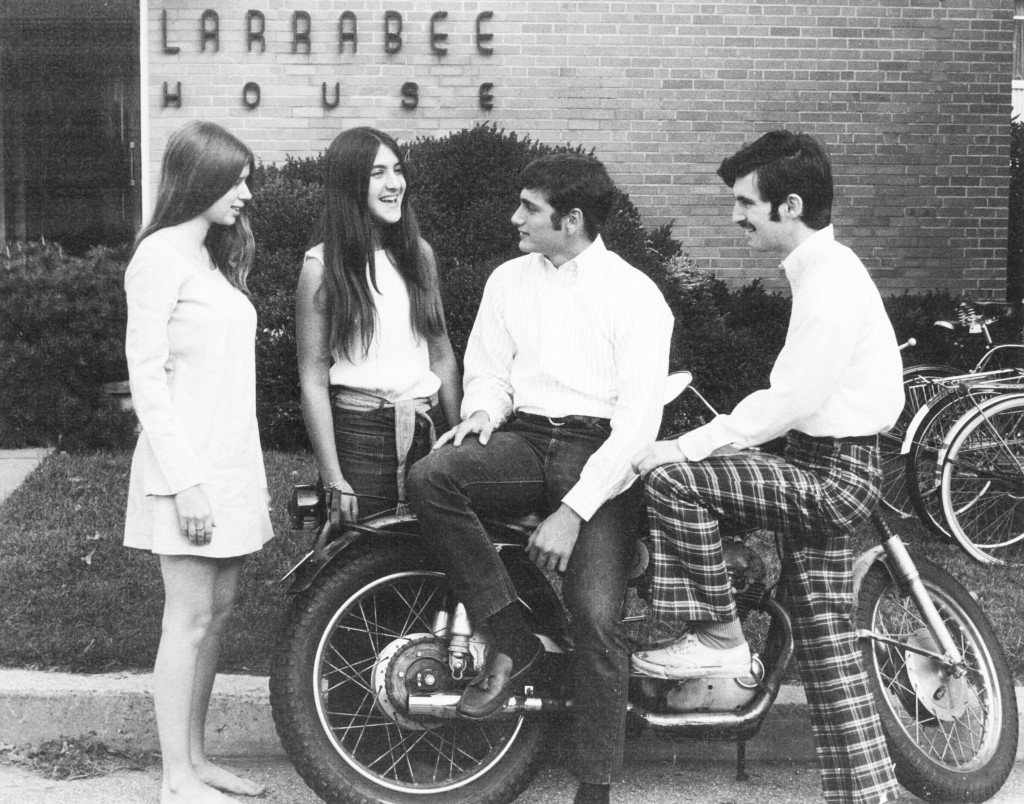The 1960s and 1970s are close to impossible to summarize in a short editorial. The early 1960s maintained the traditions of the decades before, but with a newfound appetite for dissent: singing on the green at each full moon and eating strawberries for breakfast on May Day was paired with demands for later curfews, looser visitation rules, and anti-war protests. By 1969, in an act of financial necessity, the College dropped the tail “for Women” and began accepting male undergraduate students, who lived initially on the first floor of Larrabee. As time went on, most of the female traditions were lost to changing social mores: tea and sherry breaks, competitive sings, and Soph Hop dances were replaced with protests for diversity and against war. We asked past editors for memories of the time. Here are two:
“In looking back, it was so white-bread: for all intents and purposes, no Asians, no Hispanics (one foreign student from Spain was from the American Embassy staff), no African-Americans. Diversity meant opening up more to Jewish applicants (1/8 of my class). Basically, the most radical change at CC was abolishing compulsory chapel in my senior year, something I advocated in editorials…in my Junior year, I ran a coffee house downtown, called The Pirandello, for poetry readings and guitar playing, and was granted permission to have a car on campus!” Lys Marigold ’62.
“We didn’t have computers or the Internet, so putting together a newspaper involved typing stories, sending copy to a commercial printer and cutting and pasting ‘galley sheets’ onto a lay-out board and sending final copy to the printer again.” Patricia Strong ’74, who will be at the event.
The Voice is hosting a panel for ten past editors this Saturday at 4:30 in the Ernst Common Room. They’ll tell more stories from the past 50 years. We hope you’ll join us.
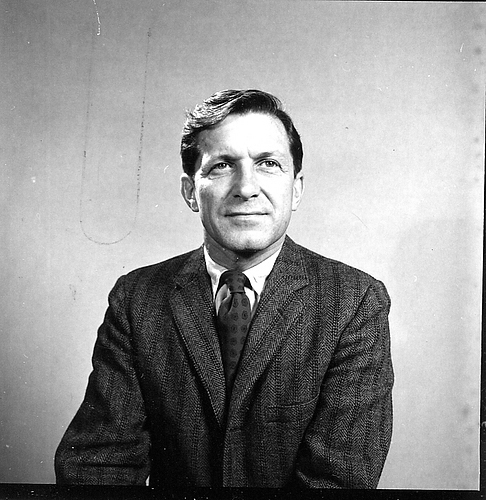
Charles E. Shain of Shain Library fame was President of the College from 1962-1974. "People were like flipped out over Charles Shain," said Professor Emeritus Peggy Sheridan '67. "He was just as handsome when he was 80 years old, just an absolutely gorgeous man. You know. Definitely movie star category."
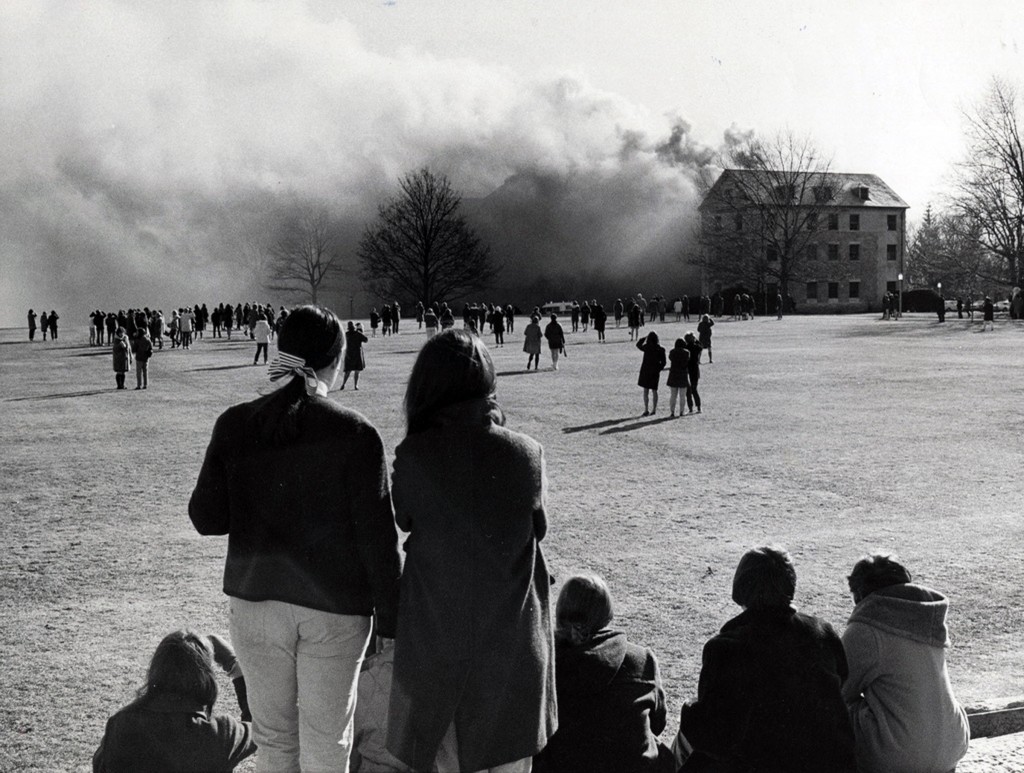
In 1968, a fire started on the fourth floor of Jane Addams. The back of this photograph reads: “It’s no fire drill.”
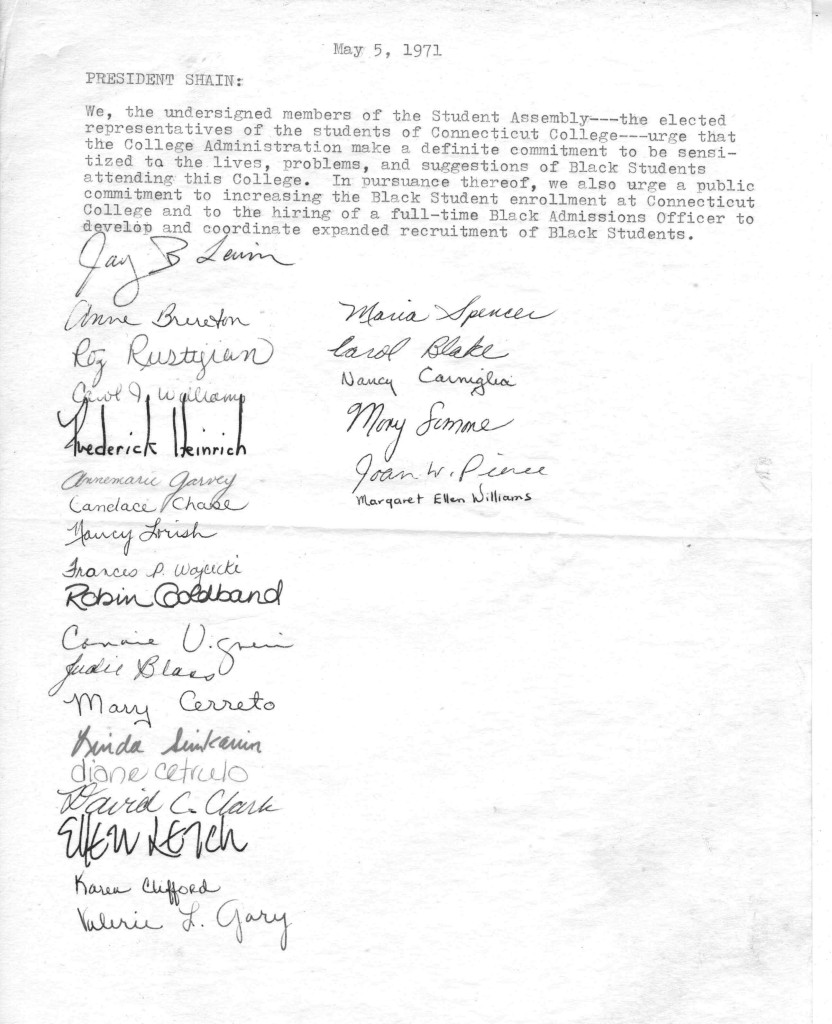
In the fall of 1967, thirty-one students, or 2% of the class, was black or Puerto Rican. By 1968, African American students were working with the administration toward a goal with a tagline: 71 by ’71. On May 5, 1971, about twenty five members of the Afro-American Society entered Fanning Hall shortly after midnight for the college’s first takeover. They chained its doors and demanded, in the signed petition above, three things: one, that seventy-one black students enroll by the fall semester. Two, that a full-time black admissions officer by September 1. Three, that black students on campus had a housing option where they could live together. Shain agreed. He made Blackstone the campus’ predominantly black dormitory. He also hired a black admissions officer to begin in the Admissions Office in the fall of 1971, with a full class of seventy-five minority students as promised. By 1972, the number of minority students jumped up to a hundred and three.
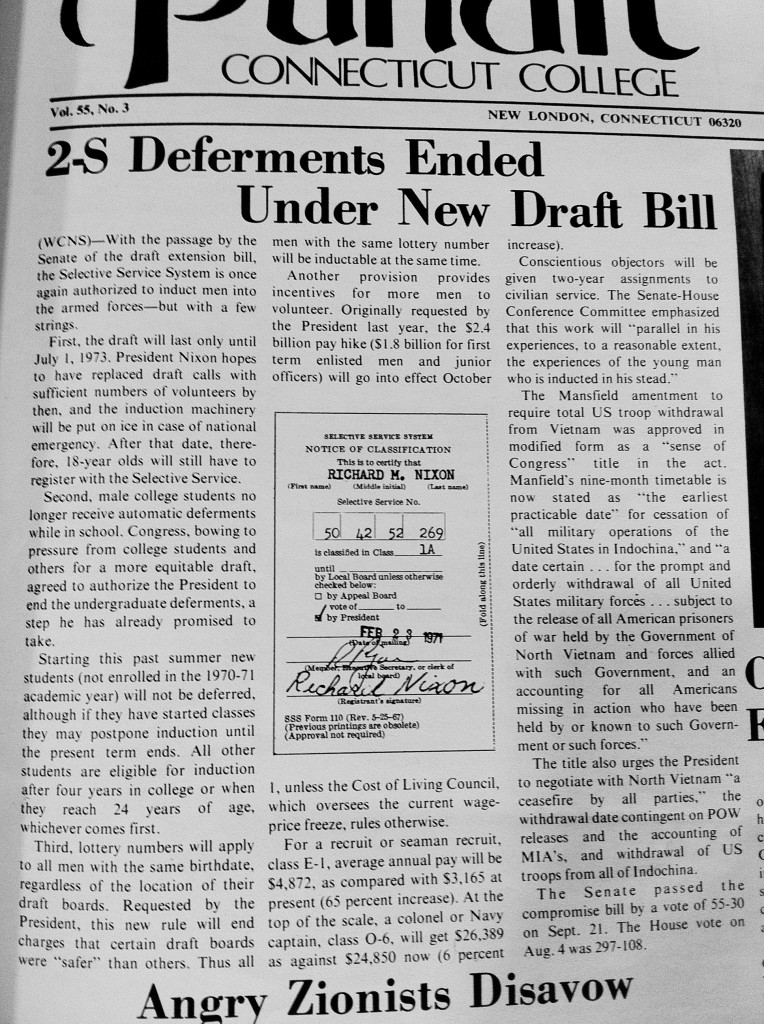
In October of 1971, Richard Nixon wrote a new draft bill for Vietnam that revoked the automatic deferment policy for men while they were in college. Wrote Allen Carroll ’73, Editor-in-Chief of the newspaper and a member of the first class of men on campus, “The specter of the draft was very much a presence on the first floor of Larrabee House. A particularly poignant memory is that of the first draft lottery. Most of the dorm was gathered silently around the television that night, and by the time the telecast was over, emotions ranged from elation to despair. As far as I know, none of us ever went to Vietnam ...but we were far from sure that we would neve have to go.”

The above two photos were part of a recruiting initiative in 1971. It was an attempt to change the image of Connecticut College from an all women’s school, and the script included phrases like “Campus life is informal” and “Life styles are a matter of personal decision.” The above photo came with the caption “Individuality is respected and encouraged.”
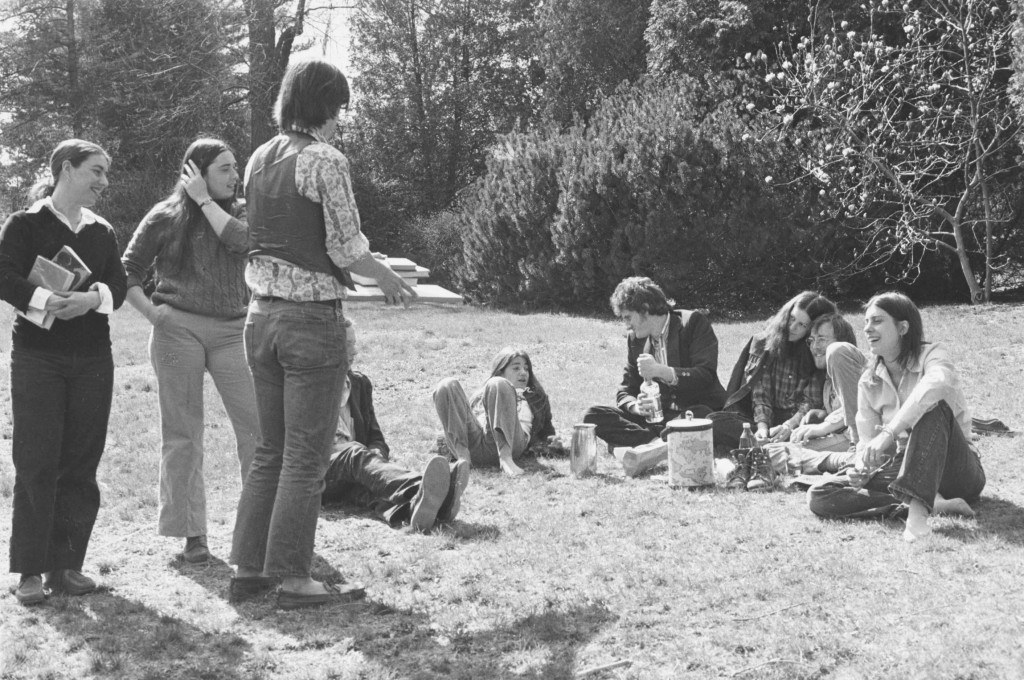
Students lounge, drink in the Abroretum. The drinking age in Connecticut was lowered to 18 in 1972, shortly after the shift to coeducation. It was raised again in 1983.

